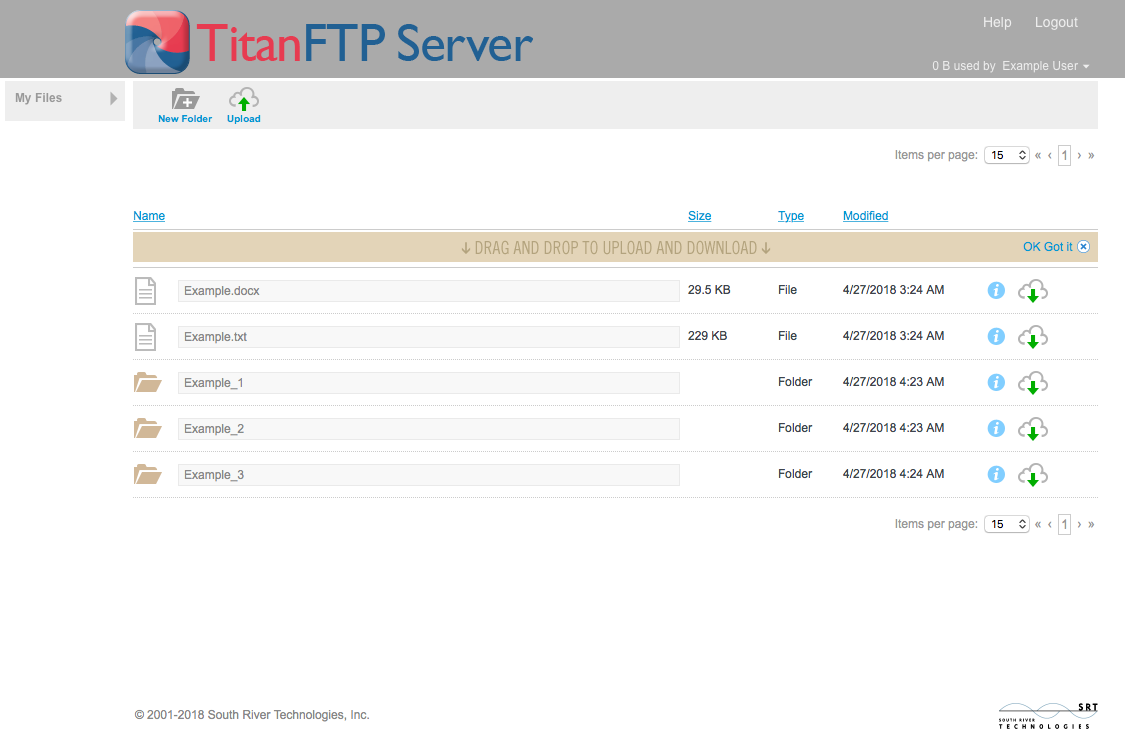Technology is like a long-jumper. It takes big leaps, sometimes so big we wouldn’t have thought possible. It seems only recently that businesses were washed to alien shores by the internet wave and so had to redefine their business strategies to survive in the new ecosystem of the web, automated electronic transactions and the social media.

But even before we finish talking about the internet revolution, it seems like a thing of the past. It’s not on computers, connected to the web, that companies are doing business with their customers today but on smartphones. Smartphone apps are the new windows for businesses to interact and know their customers and it’s downright astonishing that multi-billion dollar companies are heavily relying on miniscule pieces of software for smartphones to do business. But there is logic to this.
As of 2015, about 52.7 per cent of the global mobile population accessed the web using their mobile phones. This figure is expected to rise to 61.2 per cent in two years time. In some countries like the United Kingdom, mobile internet usage has already exceeded that of desktop usage. Mobile internet penetration is expected to reach 71 per cent by 2019. And so digital identities are turning into mobile digital identities in the mobile economy.
Now, what does this mean for businesses? How do enterprises adapt to the mobile ecosystem from a customer perspective? Businesses like yours would already be using a Customer Identity and Access Management (cIAM) platform to manage your customers’ digital identities and most Customer identity management platforms offer integrations so as to obtain social data from customers’ mobile phones. Let us dwell a little on this.

Let’s put the data offered above in context now. A majority of this 52.7 per cent mobile population are using apps on their smartphones to connect with businesses, read news, buy stuff, access social media, talk and comment on it and what not. About one-third of Facebook users and half of Twitter users access their profiles through their mobile phones. And the bias towards mobile phones as a medium is not true just for social media websites but also for businesses that sell online. So, having a great website is not enough anymore for businesses.
A smartphone app is a now an essential and an important prerequisite even for cIAM platforms. cIAM platforms must be able to integrate with mobile platforms like Android and Windows Phone to give your business the maximum impetus. But what is incentive in doing this? Apart from the huge mobile population, it is slightly easier to access customer data when they reach you (through your app) using their mobile phones.
Almost all Android phones are linking themselves to the user’s social profiles, most usually Google, and this means the user is logged in through his or her phone at all times. So, if you need to build up customers’ and prospective customers profile data to offer a higher degree of personalisation, your app would make this process easier since, provided your customer gives consent, it would have an easier access to the customer’s basic social profile data.
Most apps seek customer data at the time of installation. On the contrary, if a customer accesses your desktop website, the process flow is different which means you will have access to customer profile data only when your customer chooses to sign in, either through social login or email registration. So, build your app and get mobile.









Comments